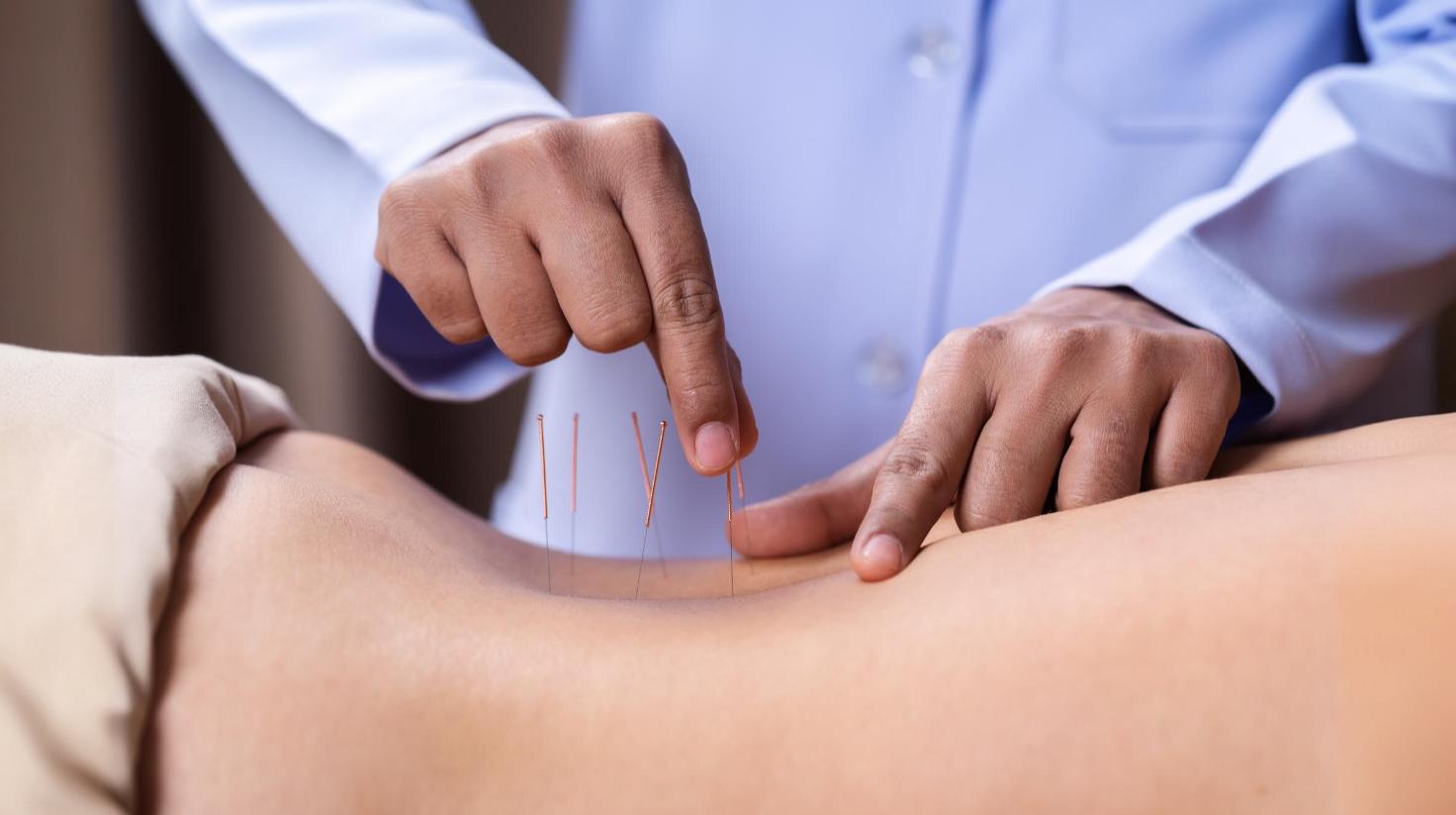
Give us a Call
(780) 801-3669

For individuals managing muscular tightness, limited mobility, or lingering discomfort, dry needling is often introduced as a potential technique used in physiotherapy settings. In Beaumont, this method is being incorporated into treatment plans with a growing interest. This guide explores what dry needling in Beaumont involves, how it functions, and what you can expect during a session.
Dry needling is a technique used by trained professionals to address issues in the muscles and surrounding soft tissues. Unlike injections, this procedure involves the insertion of thin, sterile needles directly into trigger points or tight areas within the muscle. These points are often referred to as myofascial trigger points, which can contribute to movement restrictions and localized pain.
It's important to note that dry needling is distinct from acupuncture. While both use similar tools, dry needling is grounded in contemporary anatomical and neurophysiological understanding rather than traditional Chinese medicine principles.
As part of physiotherapy treatment, dry needling in Beaumont is often recommended for individuals dealing with muscle stiffness, post-injury discomfort, or repetitive strain issues. It's considered one of many techniques that may complement broader therapeutic goals.
Practitioners in Beaumont incorporate dry needling based on a client’s assessment, often alongside other interventions such as manual therapy, corrective exercise, or education about body mechanics. The goal is typically to reduce muscle tightness, encourage blood flow, and restore movement patterns.
Dry needling has been applied across a range of conditions that involve muscle and joint function. Although every case is different, some commonly addressed concerns include:
Dry needling in Beaumont is generally chosen when there's evidence of muscle tension that may be contributing to discomfort or restricted motion.
The theory behind dry needling is that inserting the needle into a myofascial trigger point may stimulate a twitch response. This twitch is thought to be a reflexive release of the muscle, which can help reduce the sustained contraction in the area.
Additionally, the mechanical effect of the needle can increase local circulation and potentially affect the neural input into the muscle. This may contribute to a reduction in sensitivity and a restoration of typical function.
In many cases, dry needling is used in conjunction with movement-based exercises to reinforce the improvement in flexibility or muscle tone.
If you're scheduled for dry needling in Beaumont, here’s a general overview of what the session might include:
The number of sessions varies depending on the individual’s response and the overall treatment strategy.
In Beaumont, dry needling is only performed by professionals with specific training and certification. Safety is a core focus, with strict attention to hygiene and needling technique. If you are considering dry needling in Beaumont, ensure your provider is licensed and trained in the procedure.
People with certain medical conditions or those who are pregnant should inform their practitioner, as modifications or alternative approaches might be necessary.
The use of dry needling in Beaumont is based on individual assessments, and the expected outcomes vary. Some potential benefits may include:
However, it’s not a standalone treatment. It’s often one part of a more comprehensive plan that might also include education, strengthening, posture correction, or other manual therapy options.
It's also important to have realistic expectations. While some individuals report noticeable changes after one session, others may require multiple visits or may respond better to different strategies.
Post-session care plays a role in the recovery process. After receiving dry needling in Beaumont, consider the following recommendations:
Following these guidelines can support the integration of the needling session into your broader recovery plan.
When selecting a clinic that offers dry needling in Beaumont, look for transparency about qualifications, clear communication about treatment expectations, and a focus on individualized care. The approach should be evidence-informed and involve a full assessment, not simply an isolated procedure.
In most reputable clinics, dry needling is part of a structured treatment plan that evolves based on progress and feedback. Be sure to ask questions and understand how this technique fits into your overall recovery or wellness plan.
Dry needling represents one of several methods available to address musculoskeletal tension and support functional recovery. For those considering dry needling in Beaumont, understanding how the technique works, what it involves, and where it fits into physiotherapy can help in making informed decisions.
As with any health-related service, communication with a licensed professional is essential. A thorough assessment and open discussion about goals and preferences will help determine whether this technique aligns with your individual needs.
By being informed and proactive, clients can work together with their physiotherapists to pursue a balanced approach to recovery and function—one that may include dry needling as part of a broader, goal-driven process.